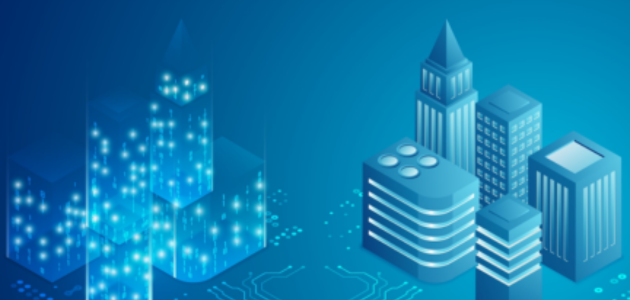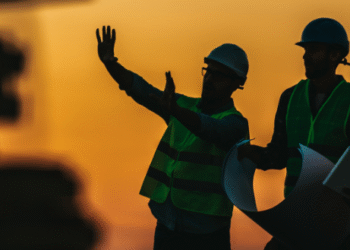
The concept of digital twin is revolutionising the residential real estate sector. During a recent presentation, Amr Saad, Associate Director BIM at ROSHN, shared his insights on the foundational elements of creating a digital twin in residential real estate development. Here, we discuss the key takeaways from his talk.
ROSHN, a prominent real estate developer, boasts impressive statistics that highlight its scale and ambition. With enough concrete to construct 51 Hoover Dams, cables that could circle the Earth 32 times, and enough steel for 102 Golden Gate Bridges, ROSHN’s developments span over 200 million square meters across four regions. These projects feature modernised, green communities equipped with ample public amenities, emphasising social change and quality of life. As Saad notes, these are communities built for the future.
Embracing the Digital Twin
The future of real estate development lies in the digital twin, a concept where a physical asset is replicated digitally. Saad simplifies this by likening it to how we interact with our bank accounts via smartphones—where every transaction reflects instantaneously in both the digital and physical realms. This analogy underscores the seamless integration and real-time data exchange that a digital twin facilitates.
Defining the Digital Twin
In construction, a digital twin starts with creating a digital model of a project before any physical work begins. This digital model allows developers to predict performance under various conditions and make informed decisions early in the design phase. The transition from digital to physical involves capturing real-time data during construction, creating a continuous feedback loop that enhances future designs and operations.
The Importance of Structured Data
A critical aspect of implementing a digital twin is managing data effectively. Saad categorises data into three types: unstructured, semi-structured, and structured. The construction industry often struggles with unstructured data, such as paper copies and photos, which require human interpretation. In contrast, structured data is machine-readable and can be seamlessly transferred between systems. To advance, the industry must standardise data exchange, adopting common languages and classifications to ensure interoperability.
Learning from Other Industries
Amr Saad draws parallels with the financial and manufacturing sectors, which have achieved higher maturity levels in data integration. By adopting similar standards and practices, the construction industry can enhance its efficiency and data management capabilities. This involves creating a common data environment where information is shared across project stages, establishing a single source of truth.
Continuous Improvement and Feedback Loops
A key benefit of the digital twin is the continuous feedback loop it enables. By capturing data from all stages of a project, developers can learn from both successes and mistakes, leading to continuous improvement. This iterative process helps avoid past errors, optimise designs, and enhance performance in future projects.
Integration with Procurement and Supply Chain
Amr Saad emphasises the potential of integrating digital twins with procurement processes. By collaborating with supply chain partners, developers can explore more sustainable and efficient delivery methods. Feedback from stakeholders is crucial, as it allows for the refinement of designs and processes, ensuring that developments meet the highest standards of quality and sustainability.
The System of Systems Approach
ROSHN’s approach to real estate development views the industry as a system of systems, involving multiple stakeholders and interactions. This holistic perspective ensures that policies and decisions consider the broader context, leading to more cohesive and effective project outcomes.
The presentation by Amr Saad offers a compelling vision for the future of residential real estate development. By leveraging the power of digital twins, ROSHN is setting new standards for efficiency, connectivity, and sustainability. As the industry continues to evolve, embracing these digital innovations will be key to building the communities of the future.
Digital Construction Hub releases new articles, and construction technologies updates on a weekly basis and promotes all new content through digital marketing updates. You can read more articles here.














